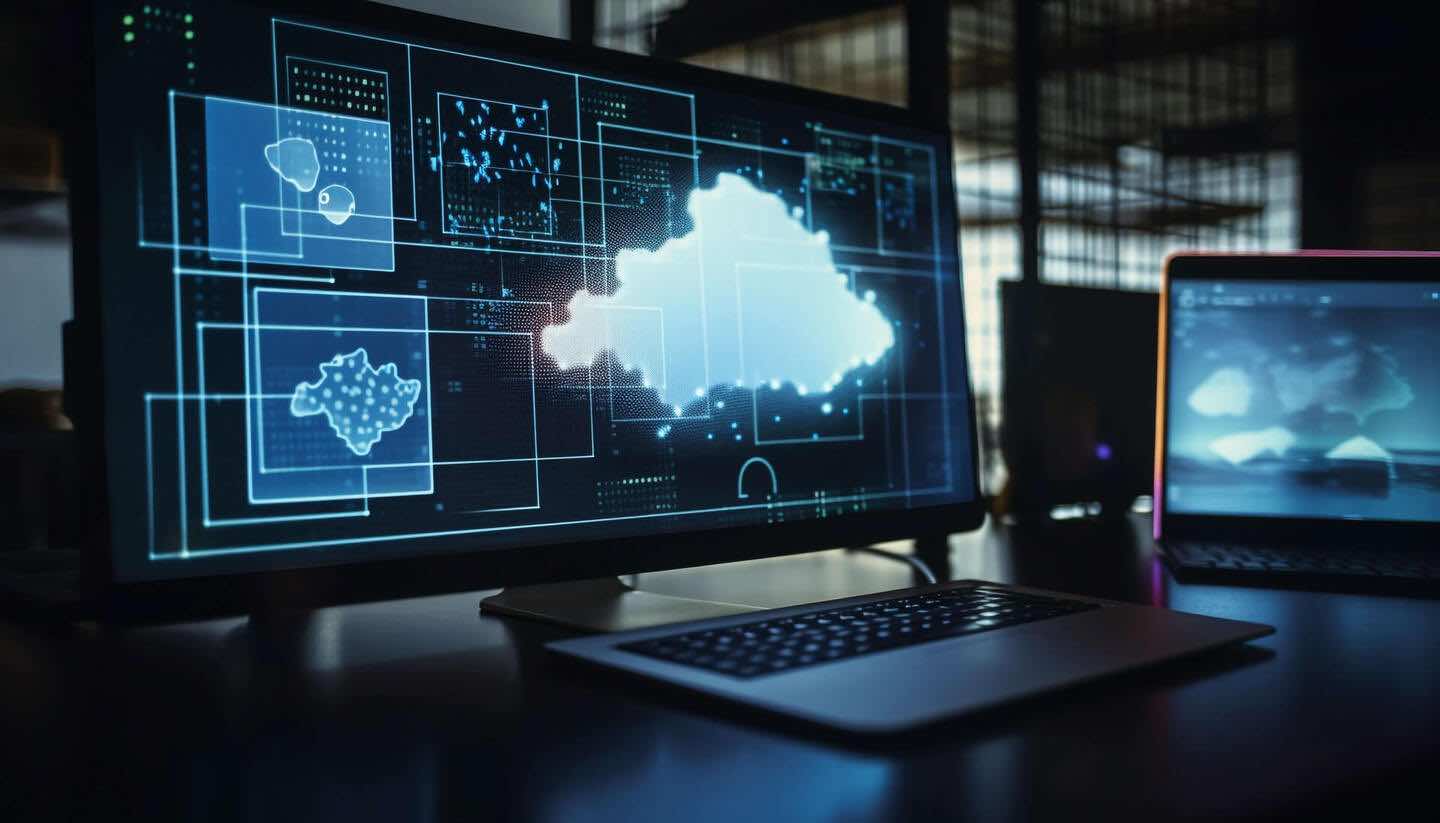【2020 Application Example】 AI Detection System Using Deep Learning, Detecting Irregular Polyhedral Defects in Just 0.5 Seconds!
Traditional manufacturing industries rely on manual visual inspection of products, lacking stability in quality yield
For products made by traditional manufacturing industries, 'quality yield performance' is a critical issue and a decisive factor for customer business requirements. Although many AOI vision inspection systems have been introduced in recent years, there are still numerous limitations that cannot be overcome when automating these inspection systems.
For example, the production of small quantities of diverse products, the inability to standardize irregular polygonal product dimensions, and the halo effect on glass or metal products from different lighting angles make it difficult to assist product yield filtering through AOI vision inspection, thus many traditional manufacturing industries still use manual visual inspection on their production lines.
Manual inspection is labor-intensive and time-consuming, with expensive solutions from abroad
A domestic model creation company often needs to manufacture products that are customized and diverse. Although it uses imported high-grade mold equipment, product appearance quality testing is still largely done by manual visual inspection. Testing standards vary by employee, and to adequately inspect the appearance of each product, the time each person spends cannot be easily controlled. Often the same product needs to be examined repeatedly to meet quality standards, which is very labor-intensive and time-consuming and also sensitive to external environmental influences.
Although the model company had evaluated adopting foreign AOI vision inspection equipment, a single set of equipment is expensive and only capable of inspecting certain types of product parameters, and lacks a learning feature to achieve diversified inspection goals, thus passive maintenance of the original plan is still necessary…
Customized solution significantly improves inspection efficiency and saves labor costs
To reduce the misjudgment rate of manual operations and operational costs, thus enhancing the competitiveness of the company's products, the model company sought assistance from 500HU Tech Ltd., hoping through customized service to leverage AI Deep Learning technology to improve the shortcomings of traditional AOI vision inspection systems, expanding the range of products that usable vision inspection systems can handle, and more accurately enhancing the accuracy of vision-inspected products.
With the support of the AI Innovation Research Center at National Central University, and based on the definition of five defect conditions provided by the model company, such as scratches, lint, white spots, damage cracks, and uneven baking paint, the initial step involved gathering a training dataset and manually replicating defect conditions on other parts and angles of the product, then using a program to generate defect images under different angles and lighting changes, followed by marking defects.
Then, using software methods for training sets required by different algorithms, such as VGG, RestNet, Inception, DenseNet, Xception, SqueezeNet, target migration learning, classification problem Faster_Rcnn, SSD, Yolo, Mask_Rcnn, and other object recognition algorithms, after comprehensive consideration of accuracy and speed, SSD was chosen as the main core testing and inspection algorithm.
Then, the format of the training set required by the selected algorithm was produced, used as the comparative model; then, using different AI frameworks, such as tensorflow, keras, practical verification tests were conducted, and verification test reports were produced. Ultimately, optimal application parameters were adjusted for each product inspection, ensuring an average inspection accuracy rate of 95%, with the inspection time reduced from 5 seconds to an average of 0.5 seconds.
Originally, the model company's production process involved manual inspection followed by stamping a QC stamp on batches or sorting out defective products. After introduction of this inspection system, the original process was maintained, but it sped up the manual judgment time, and during the process, recording for archival purposes took place, with defective items highlighted in red and recorded as photos, thus categorized into a 'defective-to-be-inspected' section. Manual inspection would then determine if the product was qualified to move to the next inspection, significantly enhancing inspection efficiency and saving labor costs!
Low-cost, high-efficiency new AI inspection option!
As the technology of visual inspection by machines replaces human labor, it plays an increasingly vital role in the production of small, diverse orders, urgent orders, and situations where there is a labor shortage. In contrast to expensive foreign inspection solutions, domestic providers can offer relatively cheap and customized solutions; whether in terms of purchase costs or inspection efficiency, they are attracting more businesses ready to try, effectively enhancing the quality yield of manufacturers and thereby increasing competitiveness.
「Translated content is generated by ChatGPT and is for reference only. Translation date:2024-05-19」


